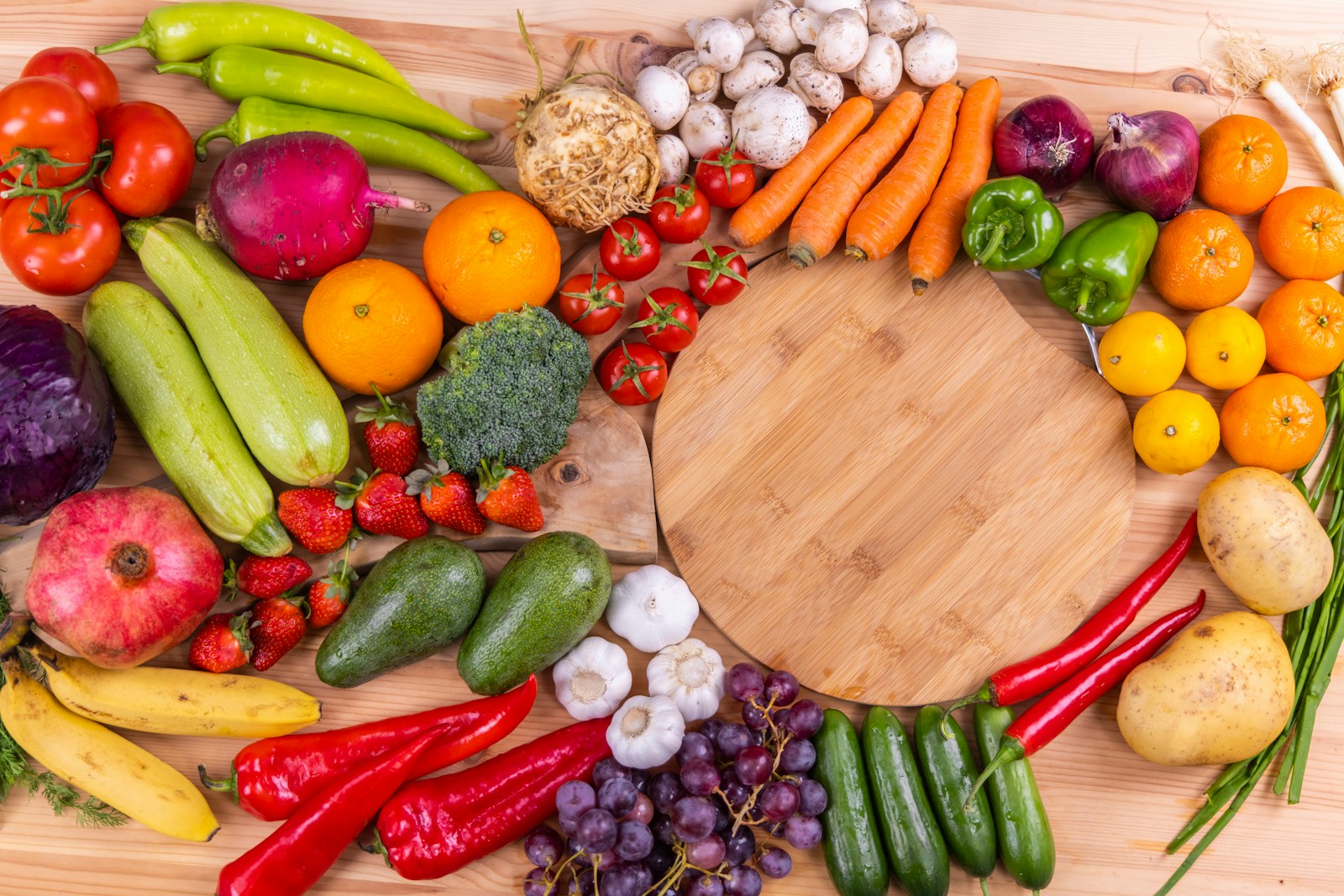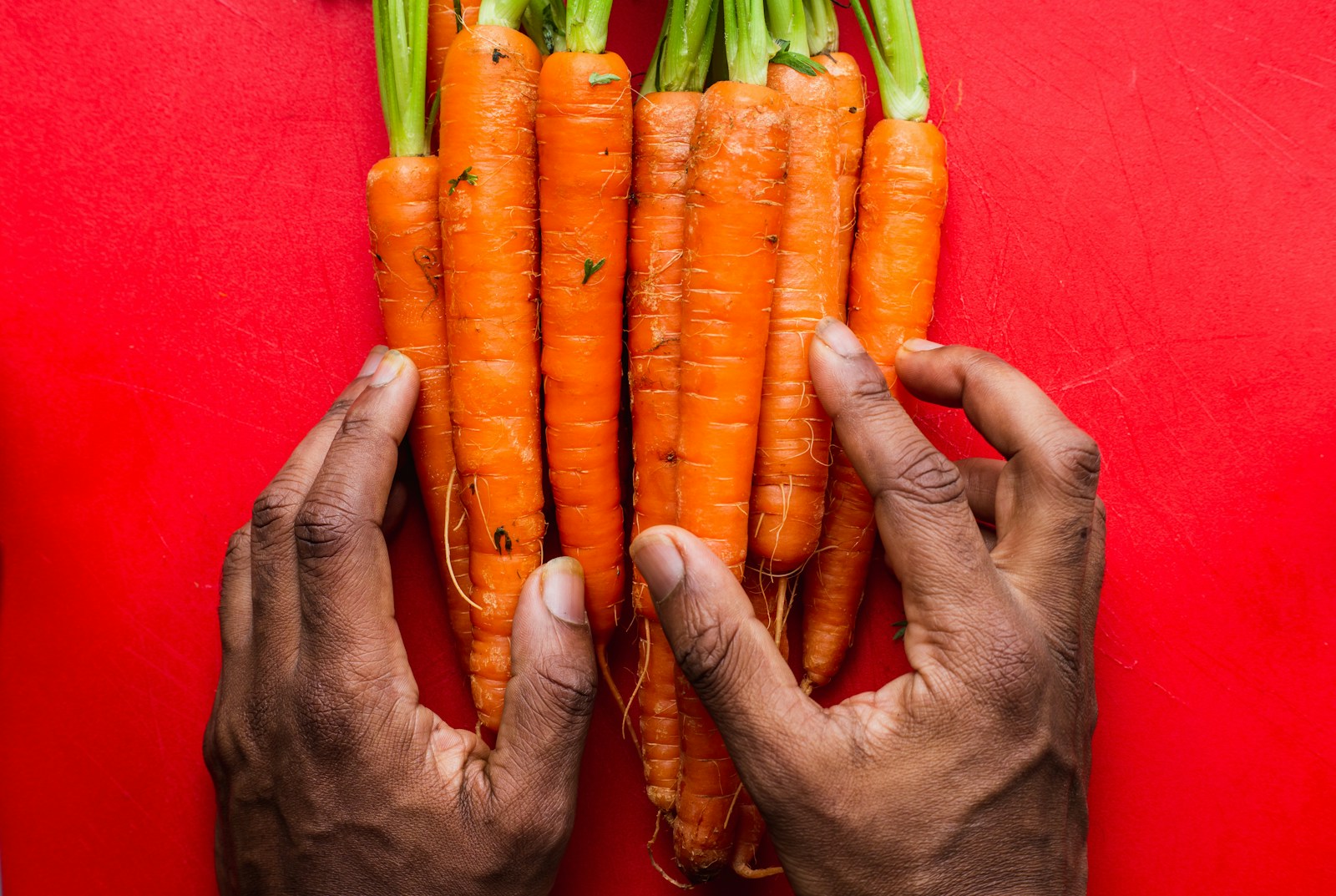What Is a Superfood, Really?
Interestingly, there’s no official or scientific definition for the term “superfood.” It’s a marketing term, not a nutritional classification.
According to the European Food Information Council (EUFIC):
“The term ‘superfood’ is not recognized by scientists. It was coined for marketing purposes to influence food trends and sell products.”
That said, foods often labeled as superfoods do tend to have:
-
High levels of antioxidants
-
Dense vitamin and mineral content
-
Phytonutrients (plant compounds with health benefits)
-
Anti-inflammatory properties
Examples include:
-
Berries (blueberries, acai, goji)
-
Leafy greens (kale, spinach)
-
Seeds (chia, flax)
-
Other fruits and vegetables (like avocado, broccoli, and sweet potatoes)
But these foods are not magical. The body’s needs are complex, and no single item — no matter how “super” — can meet all of them.
All Whole Plant Foods Are Powerful in Unique Ways
Th reality is that every whole plant food — whether trendy or not — offers something valuable.
For example:
-
Carrots provide beta-carotene (a vitamin A precursor) that supports vision and immunity.
-
Lentils offer iron, protein, and prebiotic fiber to nourish gut bacteria.
-
Bananas give potassium and resistant starch for heart and digestive health.
-
Cabbage contains glucosinolates, which may help in detoxification and cancer prevention.
Foods don’t have to be exotic, expensive, or imported to be nutritional powerhouses!
The Real Power Comes When Plant Foods Work Together
Nutrition is about synergy — how nutrients from different foods work together to support body systems.
For instance:
- Fat-soluble vitamins (like A, D, E, and K) from greens are absorbed better when paired with a healthy fat, like avocado or olive oil.
-
Iron from lentils is better absorbed when eaten with vitamin C from bell peppers or oranges.
-
Fiber from diverse sources feeds different strains of beneficial gut bacteria, supporting immunity, mood, and digestion.
➕ The truth is the more varied your plate, the broader your nutrient coverage.
Research supports this idea:
A 2018 study published in Cell emphasized that diversity in plant foods — not just individual nutrients — improves gut health, which is strongly linked to immune, mental, and metabolic health.
(Zhao et al., Cell, 2018)




